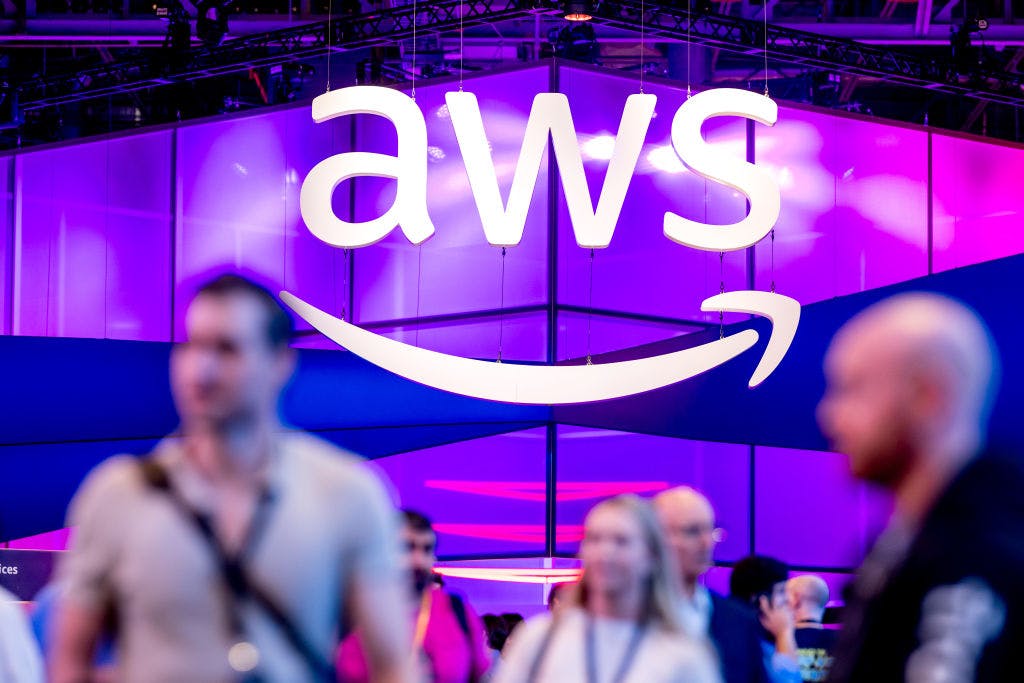Amazon plans on spending more than $100 billion on capex in 2025
In total, Amazon, Meta, Microsoft, and Alphabet intend to spend a whopping $315 billion in capital expenditures this year.
While Amazon’s Q4 earnings may have disappointed investors with some gloomy guidance for the current quarter, its plans for 2025 are grand indeed.
In the past few weeks, all of Big Tech has been revealing the scale of its plans for spending on AI infrastructure, and it’s like everyone is trying to outdo each other with increasingly massive capex estimates.
At the start of the year, Microsoft’s president, Brad Smith, wrote in a blog post that the company was on track to spend $80 billion on AI data centers in 2025.
Then, Meta CEO Mark Zuckerberg said his company would spend up to $65 billion on capex, including a city-sized data center.
Alphabet CEO Sundar Pichai upped the ante, pledging $75 billion for AI and related infrastructure, including undersea cables.
Not to be outdone, Amazon CFO Brian T. Olsavsky told analysts on the Q4 earnings call that his company’s Q4 capex of $26.3 billion “will be reasonably representative of our 2025 capital investment rate,” which works out to over $100 billion.
Taken together, the top players in the industry are committing over $315 billion for this year alone.
“Lumpy” growth for AWS
Amazon CEO Andy Jassy sounded extremely bullish about the company’s AWS cloud computing unit — which had $28.8 billion in sales for Q4 — but warned, “We expect growth will be lumpy over the next few years,” due to fast-changing technology and unpredictable capacity planning.
Amazon is in a unique position in the current AI revolution, as it offers up solutions for each layer of the “AI stack.” It hosts cloud computing to train new models, runs any number of leading AI models, and quickly offered DeepSeek’s breakthrough models for its customers on its Bedrock and SageMaker platforms.
It also makes its own foundational model family named Nova, in addition to its Rufus AI shopping assistant, and is still working out the kinks on its next-generation Alexa.
In addition to selling cloud computing powered by market leader Nvidia, Amazon is also a few generations into its own specialized AI computing chips, “Trainium” and “Inferentia.”
When asked about the race to the bottom for computing costs fueled by new, cheaper approaches to train and run AI systems like DeepSeek, Jassy thought it would just translate into more business for the company, agreeing with Jevons Paradox:
“People thought that people would spend a lot less money on infrastructure technology. And what happens is companies will spend a lot less per unit of infrastructure, and that is very, very useful for their businesses. But then they get excited about what else they could build that they always thought was cost prohibitive before, and they usually end up spending a lot more in total on technology once you make the per unit cost less.”
Leap year wrinkle
As a reminder of the massive scale of Amazon’s business, the extra day on the 2024 calendar due to leap year actually affected the company’s guidance for the current quarter.
Just that one extra day generated $1.5 billion in sales across all of its units.
